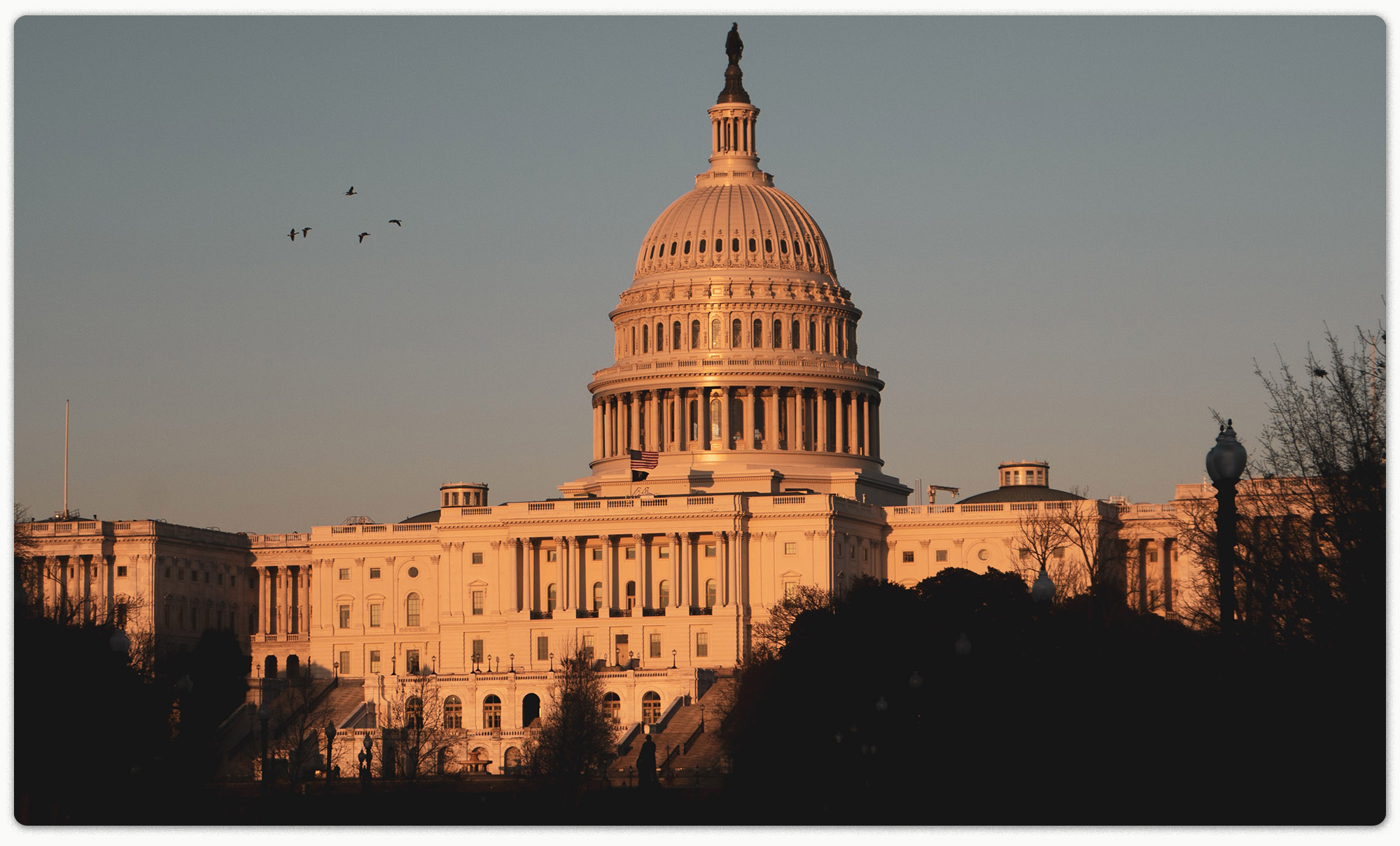Last week, following weeks of investigative reporting, The Washington Post compiled their various investigations into a piece called ‘A Pandemic of Corruption’, which was influenced by the growing concern “about the percentage of the taxpayer dollars — and euros and yen and pesos and more — lining the pockets of corrupt bureaucrats, crony contractors and crime syndicates.” A concern that has been validated through the ongoing reporting by NGOs including the OCCRP, and which through its ‘Crime, Corruption & Coronavirus’ project provides the most comprehensive reporting of pandemic-related corruption, which began with the opaque coronavirus procurement deals in Europe, and escalated to allegations of a G7 member nation granting public contracts to alleged fraudsters.
In response to the unprecedented scale of government responses worldwide, and with trillions being shelled out “in what analysts are calling the largest financial response ever to a single global crisis,” it’s no surprise that Transparency International was early in sounding the alarm on the rising threat of global corruption. In a letter, the international watchdog warned the U.S. Congress on March 23rd that stimulus packages must include anti-corruption measures, which start with requiring beneficial ownership information for every company, and their subcontractors, with whom the U.S. government enters into a contract. Given lessons learned from past outbreaks, coupled with the United Nations Office on Drugs and Crime estimate that approximately 10-25% of all money spent on procurement globally is lost to corruption, the recommended measures appear to be good governance.

Last week, during the U.S.-led Summit for Democracy, the Biden administration released a new anti-corruption strategy, which the WSJ reported...

When it comes to red flags for money laundering, knowing what warning signs to look out for is critical. Criminals have developed sophisticated ways...

This week, the U.S. Treasury’s Financial Crimes Enforcement Network (FinCEN) released the inaugural national strategic anti-money laundering (AML)...
